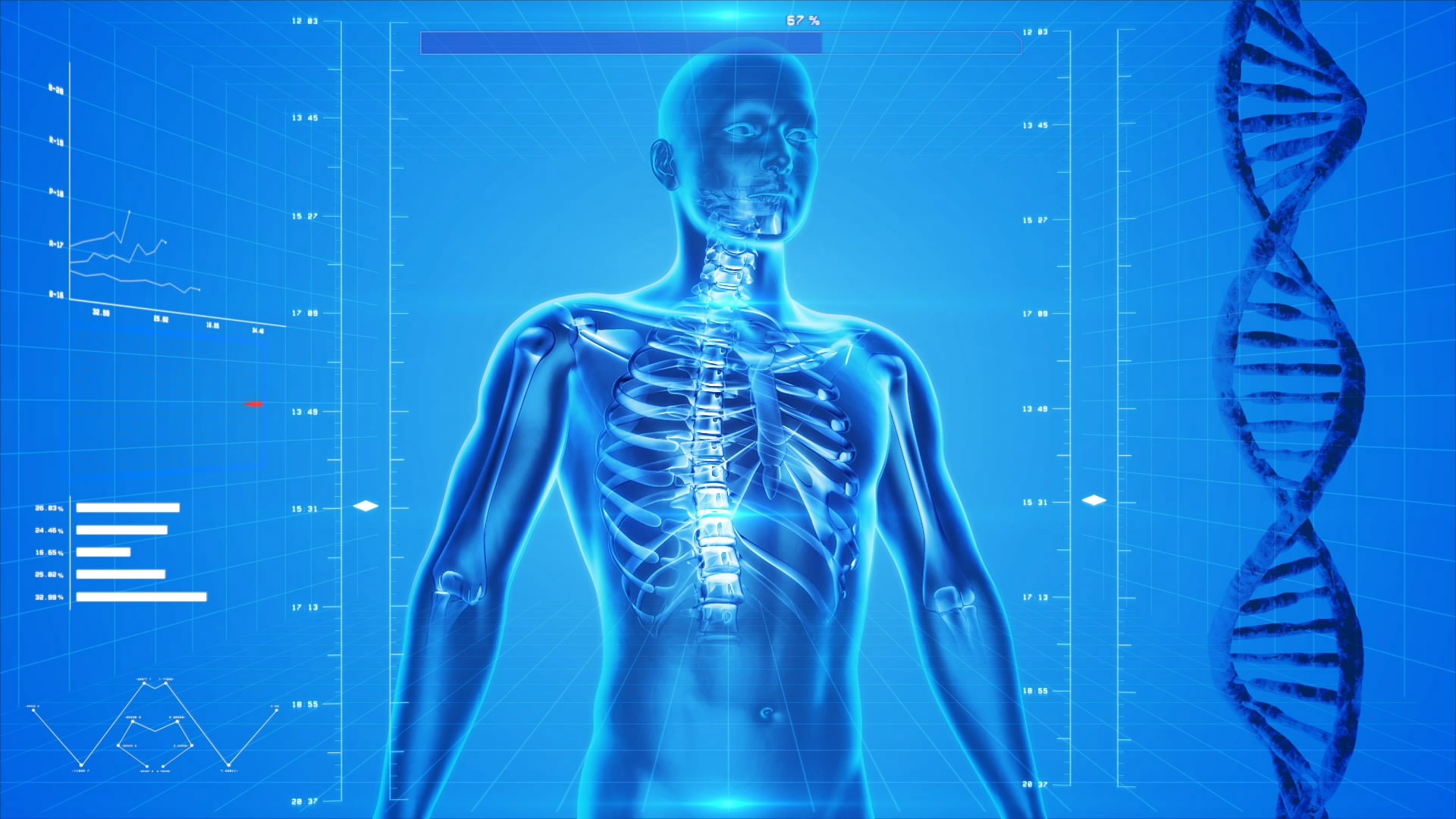By David Stojanovski, Monash University
Bone – most people wouldn’t consider it alive. It isn’t soft and pliable like our muscles, fat, organ tissue or hair. However, bone tissue is continually renewed in all vertebrates, and your bone consists of mineralised tissue as well as several di erent varieties of cells embedded in it. Some of these cells make up part of the physical structure of the bone, and others are responsible for renewing and rejuvenating bone. As bone ages, it becomes weak and cracked, needing replacement. There are two major types of cells that achieve this, and they are called osteoblasts and osteoclasts. Osteoclasts break down old bone tissue and osteoblasts deposit new soft tissue, called osteoid, which eventually hardens into bone. Some of the osteoblasts become embedded in the bone and change into other types of cells called osteocytes, and this whole process occurs continually. Up to ten percent of your total bone mass is replaced every year through this process.
We understand how bone is remodelled, but how do we simulate it? Using a basic understanding of the biology of it, we can come up with a fairly simple model that would give a good idea of how bone is replaced over time. We only need to consider how osteoclasts break down old bone tissue, creating a cavity { called a basic multicellular unit { which is mostly lled back up again by soft tissue that is deposited by osteoblasts. The cavity left in the bone is never fully re lled, which leaves a pore in the bone. In people with healthy bones, these pores are generally small. People with bone disorders like osteoporosis will have much larger pores in their bones as a result of their bone tissue being replaced. Our aim is to model the bone remodelling process in order to investigate why, exactly, people with bone disorders have bones that have physically di erent shape.
We use what are called level set methods in order to simulate how this bone cavity changes shape, shown in the gure. We can see that the cavity moves to the right as osteoclasts break down old tissue on the right hand side of the cavity, and the rest of the cavity starts to ll up as the osteoblasts deposit new tissue. The cavity never lls up completely, though. There’s a small blood vessel in the middle of the cavity where no bone can exist, so osteoblasts stop depositing tissue within a certain radius around this blood vessel, creating a small pore in the bone.
David Stojanovski was one of the recipients of a 2013/14 AMSI Vacation Research Scholarship.

